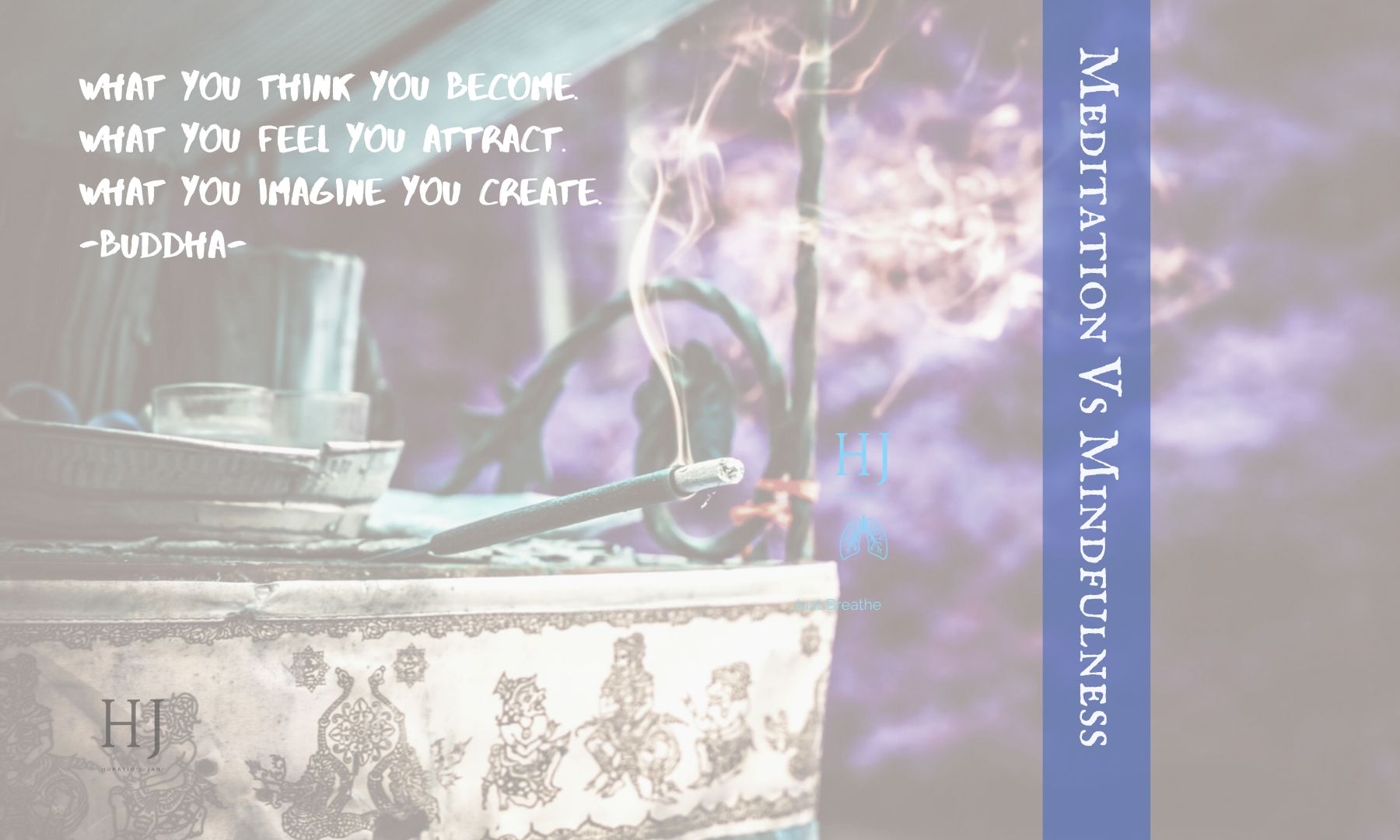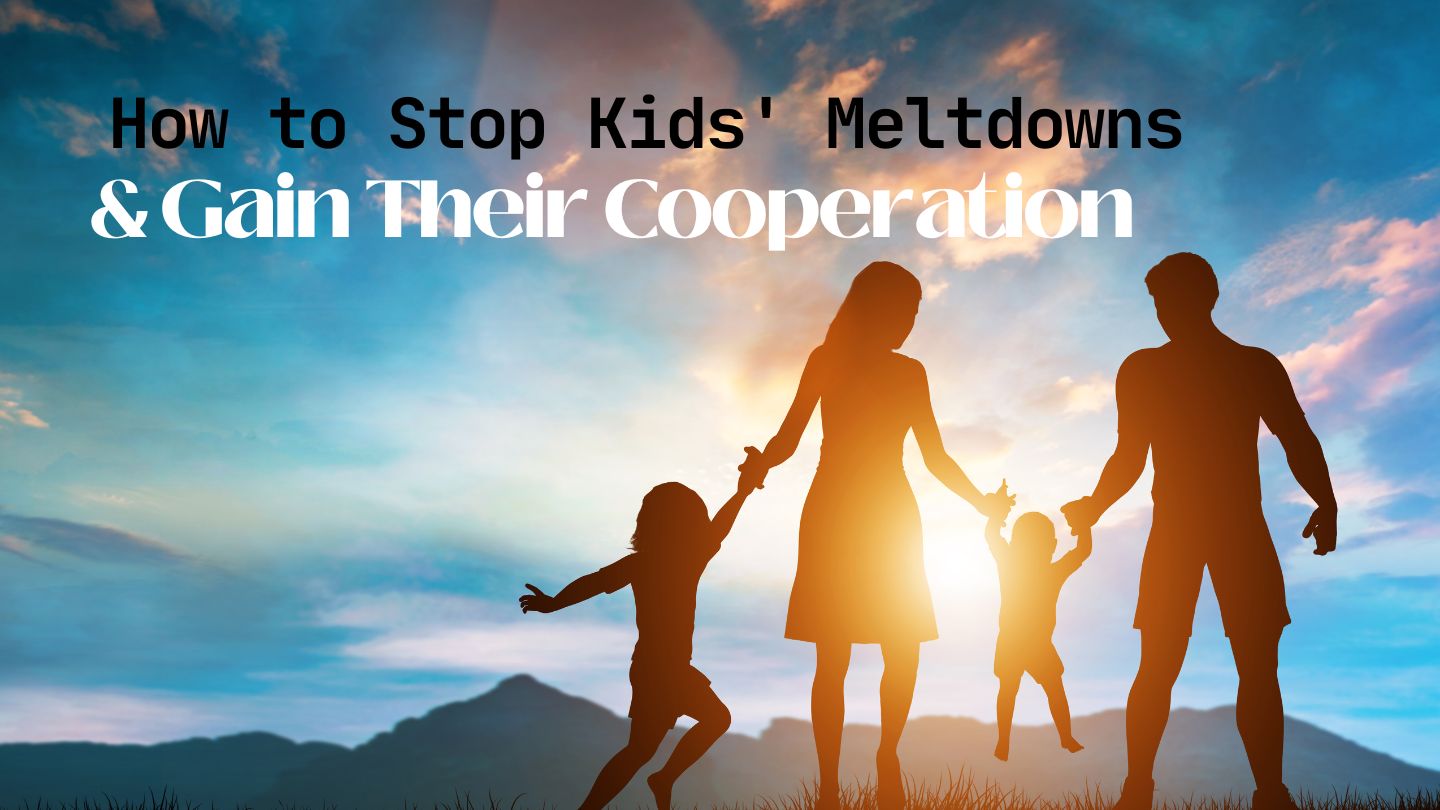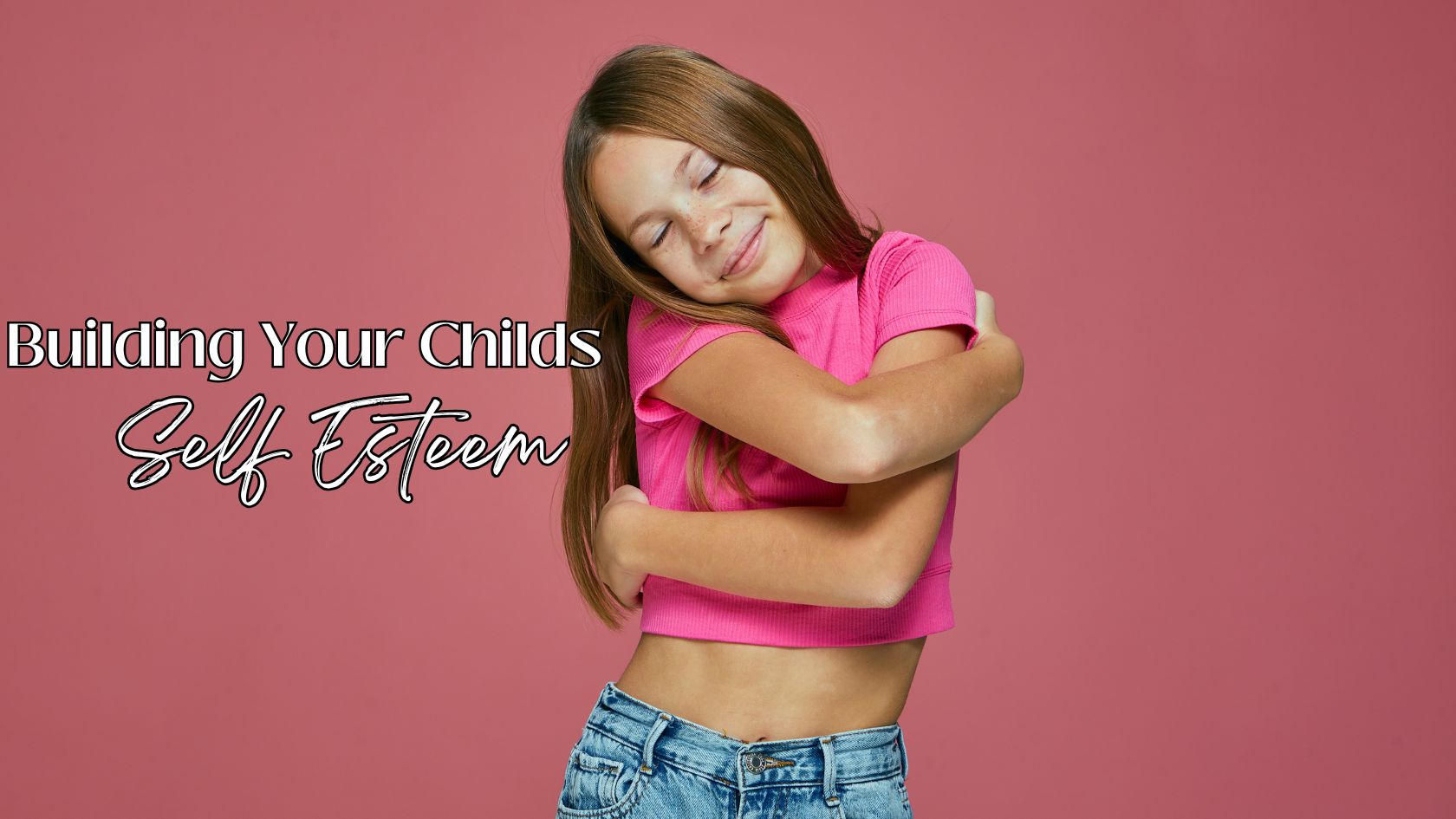Latest From Upschool
- How to Stop Kids’ Meltdowns and Gain Their Cooperation
- Making Big Decisions When You and Your Co-Parent Disagree
- Building Your Child’s Self Esteem
- Separation Anxiety & Starting School
- Why Parents Should Listen to Kids
- How To Raise Emotionally Intelligent Children
- How to Combat End of Year Fatigue
- Navigating Technology and Kids: A Guide for Parents
-
-
No videos yet!
Click on "Watch later" to put videos here
- View all videos
-
-
-
Don't miss new videos
Sign in to see updates from your favourite channels
-
Guest Contributors
Mindfulness & Meditation (Guest Contributors)
Meditation Vs Mindfulness

Meditation v's Mindfulness
The goal of meditation and mindfulness is simple - it is to increase your self-awareness so you can make better decisions in life, it helps you to navigate the mind rather than being a slave to it and helps you to explore different levels of your psyche. It opens the door to deeper self-awareness, self-acceptance and helps to replace negative thoughts and behaviours with new ones that are positive and well-meaning.
But what exactly is the difference?..,
Mindfulness is derived from ancient meditation practices and utilises the same tools that traditional schools use to develop self-awareness and concentration. The tools that are provided with both practices are much the same and include yoga, art therapy, mandala making, deep breathing. diffusion techniques and positivity practices.
Both include the withdrawal of energy and attention from the outside world back into the body to help you focus and both are designed to develop attention and awareness so you can take command of your wandering mind. Both meditation and mindfulness need to be performed regularly in order for them to be effective and they equally provide the benefit of stress relief.
The major differences are really only apparent once you decide to explore classical meditation more closely and become what is known as a seeker. Otherwise, from an entry-level perspective, there is the use of Sanskrit words to describe energy centres and possibly the singing of short versed songs called mantra to help you calm down and focus,

 Guest Contributor: Emily Rack
Business Name: Horatio's Jar
Publisher: Digital Schools
Guest Contributor: Emily Rack
Business Name: Horatio's Jar
Publisher: Digital Schools
p.p2 {margin: 0.0px 0.0px 0.0px 0.0px; font: 12.0px 'Helvetica Neue'; min-height: 14.0px}
span.s1 {text-decoration: underline ; color: #dca10d}
——- PUBLISHER’S DISCLAIMER: The publisher of this blog post (Digital Schools PTY LTD) works in partnership with the school as a 3rd party provider to help build and maintain the school website. Digital Schools sources a range of experts who provide products and/or services to educational institutions and we work with them to produce and publish topical information in the form of blog posts that we think may be relevant, interesting or topical to families within the community. The views, opinions and content listed in this blog post are that of the guest contributor and/or publisher (Digital Schools). It should be noted that whilst the publisher and guest contributors are acting with the best intentions and in the best interests of the school and their community to provide helpful or interesting information, sometimes the content may not necessarily reflect the views of the school. The information in this blog post is not meant to be used, nor should it be used, to diagnose or treat any medical condition. For diagnosis or treatment of any medical problem, consult your own physician. The school and the publisher of this blog post are not responsible for any person reading or following the information in this article who may experience adverse effects. Any references to external websites or sources are provided for informational purposes only and do not constitute endorsement by the school or publisher in any way and the publisher and/or school cannot guarantee accuracy of information listed. If you have feedback on any content on this platform, you can submit it to the publisher using the feedback link provided at the bottom of this page.

Meditation
Classical meditation is part of yogic traditions and eastern philosophical and religious schools that are ancient. The art is usually practised in combination with other contemplative practice to aid in the advancement of spiritual enlightenment. Traditional meditation is focused on the withdrawal of energy from the external world with the goal to reverse the flow of energy that usually flows down and out, to inward and upward. This energy that flows through the spine is called prana and is directed through energy centres called chakras that are positioned along the spine from tailbone to crown. Passing energy through these centres is meant to purify any negative emotions or experiences you may have stored up inside and extinguish any karma ( actions good and bad ) that may hinder your advancement to spiritual enlightenment.Mindfulness
Mindfulness is more about learning to be aware of thoughts and feelings as they arise and developing the skills to diffuse and down-regulate intense feelings and uncomfortable thoughts. It teaches all the same things as mediation like compassion, kindness, self-respect, self-awareness and self-acceptance as well as the skill of concentration and observation but in a format that is cleansed of any cultural identity. It is used as an aid to clinical psychology as the skills assist people who struggle to manage intense emotional fluctuations, stress and anxiety. Mindfulness is an entry-level version of meditation and has the same benefits for overall health and wellbeing, Mindfulness is more of an aid to enhance our self-awareness and develop skills in emotional management, resilience, self-reliance and stress management, It too leads to a deeper self-awareness, and develops creativity, empathy and appreciation. Guest Contributor: Emily Rack
Business Name: Horatio's Jar
Publisher: Digital Schools
Guest Contributor: Emily Rack
Business Name: Horatio's Jar
Publisher: Digital Schools
Emily Rack is a yoga teacher, meditation instructor, freelance writer and visual content creator. She incorporates a unique creative flair into her yoga and meditation classes, courses and workshops. Emily hosts events and classes in schools and the wider community & is passionate about teaching the art of mindfulness.
p.p1 {margin: 0.0px 0.0px 0.0px 0.0px; font: 12.0px 'Helvetica Neue'}p.p2 {margin: 0.0px 0.0px 0.0px 0.0px; font: 12.0px 'Helvetica Neue'; min-height: 14.0px}
span.s1 {text-decoration: underline ; color: #dca10d}
——- PUBLISHER’S DISCLAIMER: The publisher of this blog post (Digital Schools PTY LTD) works in partnership with the school as a 3rd party provider to help build and maintain the school website. Digital Schools sources a range of experts who provide products and/or services to educational institutions and we work with them to produce and publish topical information in the form of blog posts that we think may be relevant, interesting or topical to families within the community. The views, opinions and content listed in this blog post are that of the guest contributor and/or publisher (Digital Schools). It should be noted that whilst the publisher and guest contributors are acting with the best intentions and in the best interests of the school and their community to provide helpful or interesting information, sometimes the content may not necessarily reflect the views of the school. The information in this blog post is not meant to be used, nor should it be used, to diagnose or treat any medical condition. For diagnosis or treatment of any medical problem, consult your own physician. The school and the publisher of this blog post are not responsible for any person reading or following the information in this article who may experience adverse effects. Any references to external websites or sources are provided for informational purposes only and do not constitute endorsement by the school or publisher in any way and the publisher and/or school cannot guarantee accuracy of information listed. If you have feedback on any content on this platform, you can submit it to the publisher using the feedback link provided at the bottom of this page.
TAGS
Emotional Intelligence
Grown Ups
Mindfulness for Adults
Mindfulness for Kids
Mindfulness for Teens
Self-Awareness
Teens
Thinking Positive
Wellbeing
Year Level: 3/4
Year Level: 5/6
NEW TO EXPLORE




